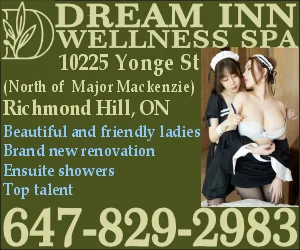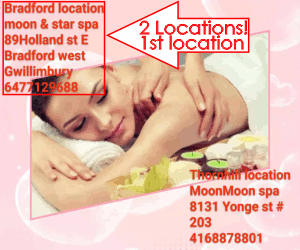
For Jeff Parker, who owns Parker’s Auto in Chesterfield, a typical workday entails hours of physical, labor-intensive work that often requires his body to be in contortionist-like positions for long periods of time.
In the last year, Parker began to feel that his vocation was taking a toll physically in ways he sensed were out of synch for someone only 33 years old.
“All these positions were stressful on my body in some way causing me to suffer from lower and upper back pain, sciatica, foot and neck pains,” says Parker. “The pain was starting to slow me down at work, and I was losing ambition to do anything physical outside of work. That’s when I decided to try massage therapy to relieve my aches and pains.”
Enter Missy Blanchard, a licensed massage therapist (LMT) since 2011 and a member of the American Massage Therapy Association (AMTA). At her MB Massage Studio (mbmassagestudio.com) in Westmoreland, Blanchard, a graduate of N.H. Institute of Therapeutic Arts in Hudson, performs a wide range of different massage techniques including lymphatic, circulatory, reflexology, neuromuscular and Swedish massage. Like many LMTs, she often combines different techniques and tailors massage treatments to meet the needs of each individual client.
She sees clients who suffer from a wide range of ailments including high blood pressure, plantar fasciitis, fibromyalgia, Lyme disease and anxiety. Blanchard, who grew up in Westmoreland, says that like Jeff, almost all of her clients come to her with a specific problem rather than sheer relaxation.
“Most of my clients come to me for a specific problem — typically it’s a medical reason or pain that is bringing them in,” she says.
But Blanchard notes that massage is good for everyone. “There’s no texting from the table and the body really needs that downtime to reset the nervous system so that normal healing mechanisms have time to do their thing,” she says.
Massage therapy has been used to promote physical and emotional health for centuries.
And while getting a massage may conjure up images of excessive pampering at an expensive spa, massage is actually a deeply healing, versatile, and medically proven practice that can alleviate both physical and psychological ailments. It reduces stress and in our fast-paced world, where we operate at breakneck speed, stress is a prevalent condition that negatively impacts health and well-being.
Stress produces a host of physiological symptoms including the elevation of cortisol, a stress hormone that can suppress the immune system, increase blood pressure and weight gain, impair memory and increase risk for depression, anxiety, and other mental health disorders. Massage can be an effective way to break through this cycle, reduce cortisol levels and return the body back to hormonal equilibrium.
According to a series of studies reviewed by the Touch Research Institute at the University of Miami School of Medicine, cortisol levels fell by up to 53 percent among subjects immediately following massage therapy.
The positive impact massage therapy can have in terms of improving emotional well-being and reducing pain is something Mary Beth Given (LMT) witnesses on a daily basis with her clients, many of whom are hospice patients and elderly clients. Although her practice, Massage Given (massagegiven.com), is based in Peterborough, Givens travels frequently to do on-site or in-home massages for a number of clients including the Chesterfield Inn. She is also the hospice massage therapist for Home Health Care and Hospice and says massage makes a difference.
“There are so many benefits of massage — increasing circulation and range of motion and decreasing stress and pain levels,” says Givens, who has been practicing massage therapy for 10 years.
“When it comes to working on the elderly or hospice, my massage is more of a soft touch, warmth and compressions. Sometimes with hospice clients I am just providing the calm they need. If what I do helps reduce with their pain level — even just for the afternoon — then I have provided some relief along with my touch.”
The cost of massage therapy sessions ranges between $40 and $50 for a half hour to $65 to $75 for an hour depending on who you see.
How often you get a massage largely depends on how frequently your symptoms recur. For Parker, it’s usually every two weeks. For Elke Hanna, who has been getting massages for 17 years, if her plantar fasciitis acts up, she’ll go for half-hour deep tissue massage sessions once a week for five weeks in a row.
“Over the years, I’ve learned how interconnected the muscular system is,” says Hanna, who is also a client of Blanchard’s. “Sometimes having a problem in one area causes your body to compensate with other muscles which causes another problem. Loosening the tight muscles through massage reduces the pain and it’s worth it for the relief.”
For more information about massage therapy and to find a licensed massage therapist in the area, visit AMTA.com.
Let's block ads! (Why?)

























































































